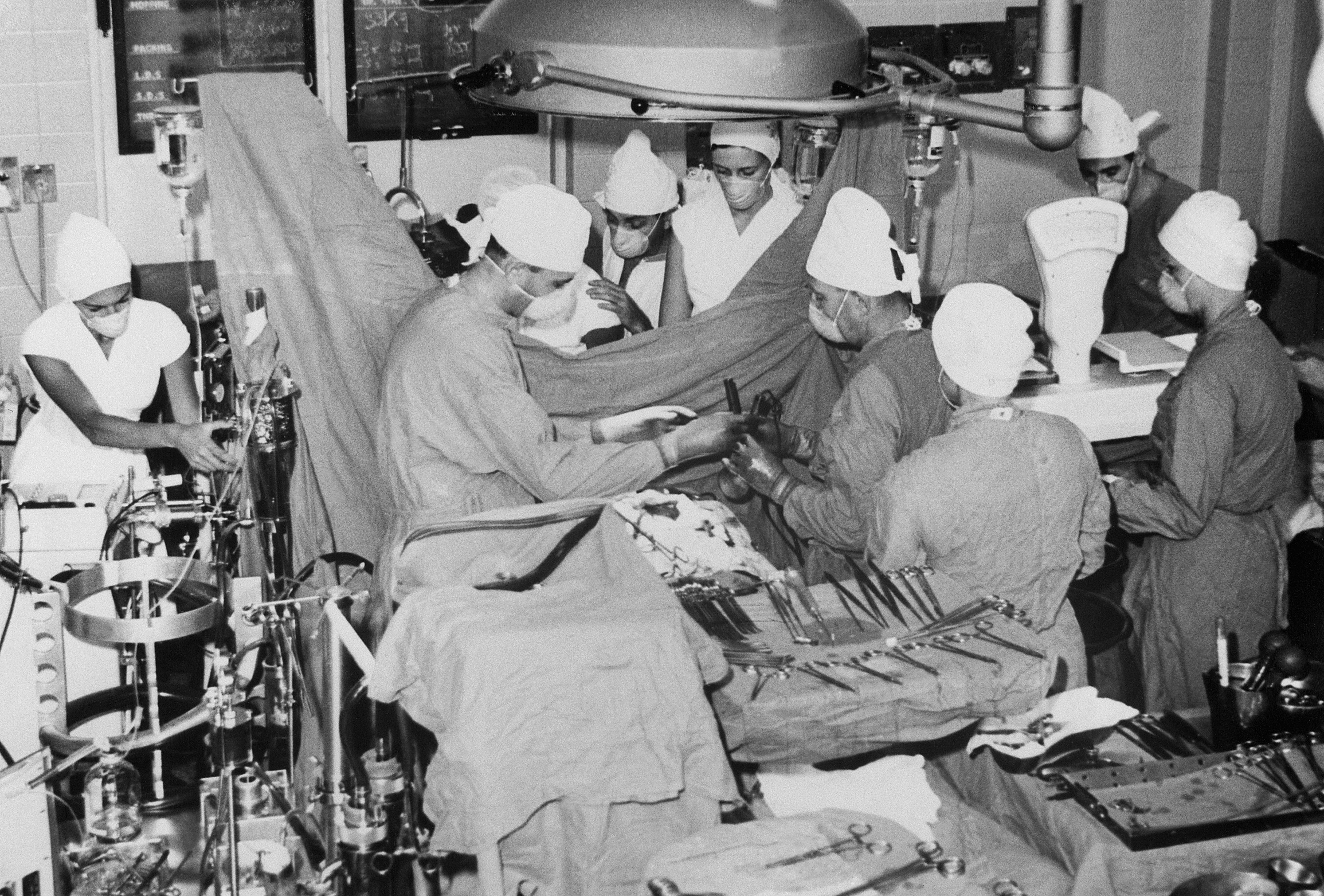Surgery is the branch of medicine that deals with the treatment of disease, deformities, or injuries by operations. The doctor who performs the operation is called a surgeon. Every physician has some training in surgery and is qualified to perform simple operations. But surgeons are specially trained so that they have the judgment and skill to perform complicated operations.
Modern surgery stresses accurate diagnosis of the disease and proper care of the patient before and after the operation. Thus, the surgeon not only needs to know how to perform an operation, but also must have a wide knowledge of anatomy, physiology, chemistry, and pathology. Five to eight years of training after medical school are necessary for physicians to qualify as surgeons.
The surgeon’s tools
A surgical operation is complicated. Many people, medicines, equipment, and techniques help assure the greatest possible safety and comfort for the patient. The elimination of pain, the prevention of infection, and advanced means of diagnosis are all part of modern surgery. A qualified surgical team is essential to the success of both the operation and the patient’s recovery. This team usually consists of a surgeon, at least one assistant, an anesthesiologist, and one or more nurses.
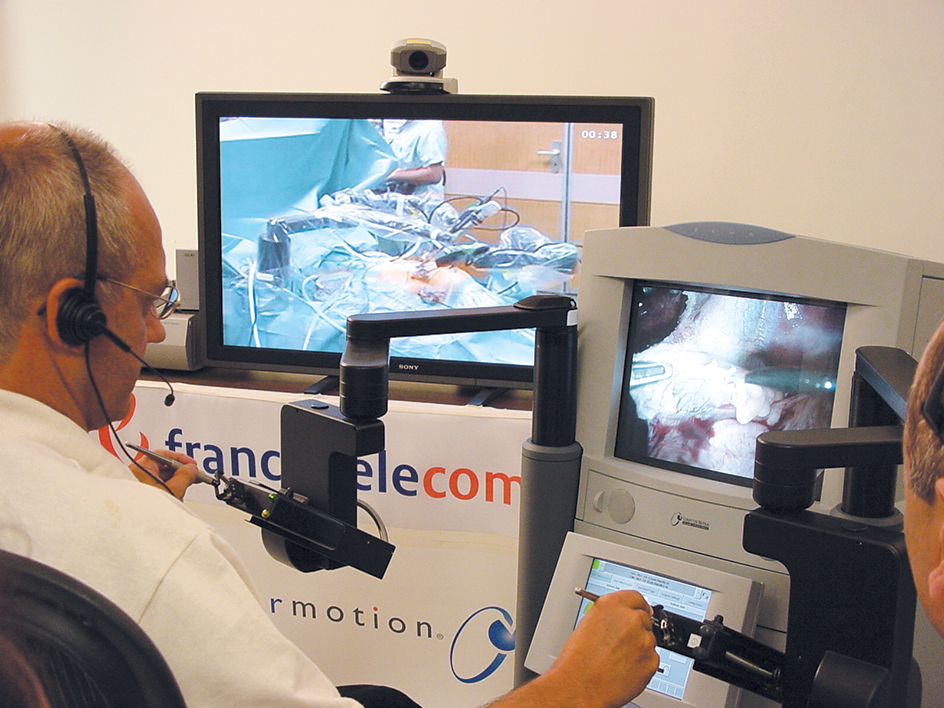
Anesthesia
refers to methods that cause a loss of sensation, particularly the loss of pain. Before the use of modern anesthetics, surgeons tried to deaden the pain by giving large quantities of alcoholic beverages or by using compounds containing opium. But the relief from pain was not complete and lasted only a short time. As a result, surgeons could perform only short operations.
In the mid-1840’s, diethyl ether and chloroform were first used as anesthetics. Since then, researchers have developed many safer anesthetics. General anesthetics, such as the gases nitrous oxide and halothane, are used to put the patient to sleep. General anesthesia also may be induced by injecting such intravenous drugs as thiopental (see Thiopental). Local anesthetics, such as procaine or lidocaine, affect only the area near the place of injection. They are used to block nerve impulses on a specific part of the body (see Procaine; Lidocaine). They also may be injected into the spinal canal to produce spinal anesthesia. This type of nerve block is useful for surgery of the lower abdomen or legs.
Anesthesiologists use many other drugs to keep the patient safe during surgery and to help the surgeon. For example, the drug curare relaxes the stomach muscles during abdominal operations (see Curare). Doctors learned about curare centuries ago from the South American Indians who used it during hunting to immobilize birds and other small animals. See Anesthesia.
Antiseptics and asepsis.
Infection once was a great danger in surgery. Even when the surgery was successful, patients often died if infection occurred. But in 1865, Joseph Lister of the United Kingdom introduced methods for preventing infection. He used various antiseptics to kill bacteria in the operating room during the course of an operation. He often sprayed carbolic acid around the room to kill germs. Later, the method of aseptic (completely sterile) surgery was developed. With this method, all germs that cause infection are kept out by cleaning and sterilizing all equipment and linens used in the operating room. Thus, while antiseptics kill germs that are present, asepsis keeps them out altogether. See Antiseptic; Lister, Sir Joseph.
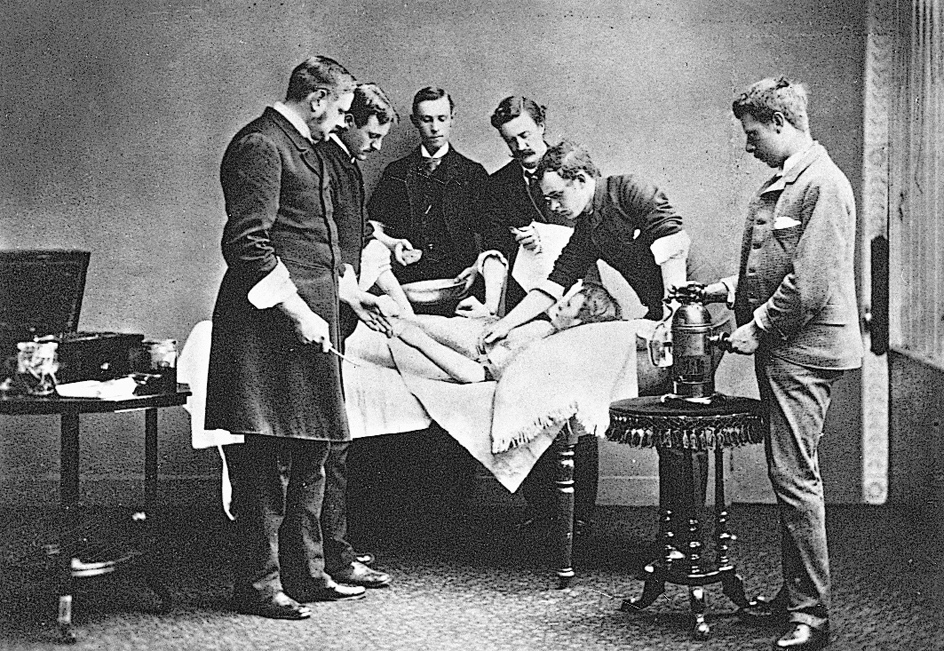
Instruments.
A surgeon uses many instruments in the course of an operation. These instruments include holders for needles and sponges, clamps to close off blood vessels, and retractors to hold back folds of skin. Sharp instruments include scissors and scalpels (knives). Since the 1970’s, lasers have been used to make delicate cuts in body tissues. Doctors use the high-energy light of the laser to cut tissue by burning fine lines in the skin or other organs.
Many instruments aid the surgeon in making an accurate diagnosis. One of the most useful of these, the X-ray machine, permits the surgeon to detect broken bones and diagnose many diseases of the internal organs. A special kind of X-ray machine called a computerized tomographic scanner (CT scanner) enables the surgeon to view a cross section of the patient’s body.
Other instruments are used to examine body cavities. For example, the bronchoscope is used to look into the lungs and to remove small pieces of tissue for examination. The laparoscope allows the doctor to view the abdominal and pelvic cavities and identify diseases of various internal organs, such as the uterus, ovary, and liver. These instruments also may be used during surgery. For example, a laser can be directed through a bronchoscope or a laparoscope to cut tissue in places beyond the reach of a surgeon’s knife.
In 2000, the first robotic surgical device was approved by the United States Food and Drug Administration (FDA). This mechanical device is used to assist a surgeon in delicate procedures, such as nerve operations. The robot’s ability to perform precise movements in small spaces allows surgeons to perform operations with much smaller incisions and fewer risks.
Sutures
are threads used to tie severed blood vessels and to close surgical wounds so that the tissues heal properly. Modern surgery would be impossible without sutures. Some kinds of sutures, such as catgut, are absorbed by the body. Others, such as nylon or silk, must be removed after several days. Sutures made from fine steel wire are nonirritating and do not need to be removed. Sometimes a surgeon uses metal staples to hold the edges of the skin together until healing occurs.
Technique.
Modern techniques enable the surgeon to operate successfully upon all parts of the human body. For example, a surgeon can remove a long section of diseased intestine and sew the remaining intestinal sections together. The body will function normally after the operation. A kidney, or even a major part of the stomach, can be removed by an operation. In heart surgery, a doctor may replace one of the heart valves with an artificial one. Extensive surgery on the lungs and ribs is often part of the treatment of cancer. Sometimes an entire diseased lung is removed. A neurosurgeon can remove brain tumors, repair head injuries, and cut nerves to correct painful conditions.
Transplanting organs involves taking a healthy organ from one person and using it to replace the diseased organ in another person. The kidney is a commonly transplanted organ. The transplanted tissue must closely match that of the patient, or the patient’s body will reject the new organ. See Transplant.
A technique called cryosurgery makes use of extreme cold in surgery. It usually involves freezing tissues. Surgeons sometimes use cold probes to treat detached retinas or freeze diseased tissue in order to remove it. See Cryobiology.
In microsurgery, the surgeon operates while viewing the procedure through a microscope or magnifying glass. This technique enables physicians to perform operations on some of the tiniest body structures. For example, surgeons can rejoin extremely small blood vessels and nerves by using this technique. Such surgery has led to the successful reattachment of severed fingers, hands, and even arms and legs. Doctors also use microsurgery to operate on the delicate structures in the eye, the kidney, the brain, and many other parts of the body.
A typical operation
Perhaps the best way to understand what is involved in a surgical operation is to consider a typical one. After a thorough examination, including laboratory tests, the doctor diagnoses the disease as an infected appendix. The patient is brought to the hospital and prepared for an appendectomy. Sedative drugs are given to relax the patient before the operation.
The operating room has been prepared for the patient’s arrival by a thorough cleaning and scrubbing. All equipment not to be used for the operation has been removed. A large table is set up near the operating table. This will hold all the sterilized instruments and sponges that the surgeon might need. A nurse or an operating room technician has charge of this equipment.
The patient is anesthetized either in a room next to the operating room designed for this purpose or in the operating room itself. The anesthesiologist may inject an anesthetic intravenously or place a mask over the face and allow the patient to breathe anesthetic gases mixed with oxygen. After a few minutes, the patient is asleep and feels no pain. The anesthesiologist also uses other drugs; sterile needles and syringes; machines to provide and deliver precise amounts of oxygen and anesthetic gases to the patient and to control the patient’s breathing; and monitors that show the patient’s heart activity, blood pressure, and the concentration of oxygen and anesthetic gases that the patient breathes.
Meantime the doctors and nurses on the surgical team prepare for the operation. They spend 8 to 10 minutes scrubbing their hands and forearms to remove germs. In addition, they wear sterilized rubber gloves because the skin cannot be made completely sterile even with strong antiseptics. The members of the surgical team put on sterilized gowns to cover their clothing and caps to cover their hair. They also wear masks of gauze or other material to cover their mouths and noses so they will not breathe germs onto the patient.
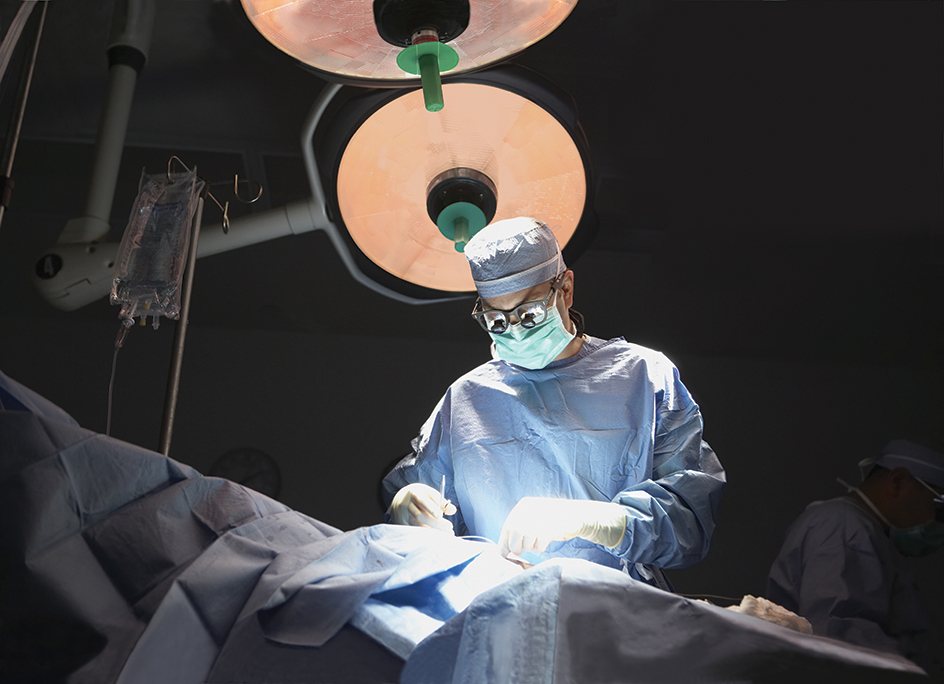
After the patient has been anesthetized and is ready for surgery, sterile sheets are placed over the patient in such a manner that the area in which the incision (opening) is to be made is left open. This area is thoroughly cleansed and antiseptics are applied. Nurses place the sterile instruments on the tables, and put the small table over the operating table, within easy reach of the surgeon. The surgeon starts the operation by making an incision in the skin of the abdomen. The incision is extended through the layer of fat that lies directly beneath the skin. The muscle tissue is pulled back, and retractors are placed in position to hold the tissue out of the way. This exposes the appendix and that part of the intestine to which it is attached.
While working, the surgeon closes the severed ends of small blood vessels with clamps called hemostats. Thus, little bleeding occurs in the operation. Sponges, which are pieces of gauze folded into small pads, are used to remove surplus blood. The surgeon quickly removes the appendix, ties the stump that remains with a suture, and inverts (turns) the stump into the large intestine. Then the “closing-up” procedure begins.
The sponges are removed. The surgeon unclamps the blood vessels and ties them so that there is no bleeding. The retractors are then removed, and the muscles move back into their normal position. Finally, the edges of the cut skin are sewed together.
The anesthesiologist, nurses, and surgeon function like members of any well-drilled team. During the course of the operation, the anesthesiologist has been careful to give exactly the right amounts of drugs so the patient is safe and will awake quickly after surgery. At the end of the operation, the surgeon applies a gauze bandage to the incision area, and nurses remove the sheets used for draping. The patient is taken to the recovery room to awaken completely. Afterward, the patient is taken to a hospital bed. Recovery is usually uneventful. Yet such a routine operation would have been impossible a hundred years ago.
A person having an appendectomy may need to spend a day or two in the hospital. Certain major operations may require a longer hospital stay. However, for many operations, patients enter the hospital, undergo surgery, recover, and return home the same day. This procedure, called ambulatory surgery or same-day surgery, accounts for about three-fifths of all operations.
Surgical specialties
As in other branches of medicine, special branches of surgery have developed. These specialties came about because of the need for specialized types of surgery for specific areas of the body. Surgeons in these fields require additional training to be certified as specialists.
Ophthalmology
is a specialty concerned with treating diseases of the eyes. Ophthalmologists cure blindness that results from cataracts (a clouding of the eye lens) by removing the lens. Ophthalmologists also operate on the eye muscles to correct a condition called strabismus or cross-eyes. See Ophthalmology.
Plastic surgery
helps people whose appearance has been harmed by injury, illness, or aging. Plastic surgeons can remove scars and blemishes. They also can replace damaged skin with grafts from healthy tissue. Many operations are performed to remove wrinkles from the face, to straighten a crooked nose, or to change the size of breasts. New noses and ears have been created, even though the original ones were completely destroyed. In addition, surgeons can fashion new jaws from living bone, cartilage, and flesh. See Plastic surgery.
Obstetrics and gynecology
is a specialty that deals with childbirth and the female reproductive system. In the 1800’s, cesarean section for childbirth resulted in the death of about 86 of every 100 women on whom it was performed. Today, developments in surgical technique, blood transfusions, and drugs that fight infection have helped reduce the number of women who die during childbirth to less than 1 in 10,000.
Cardiac surgery
is a specialty that treats heart diseases. Surgeons commonly treat angina pectoris (heart pain) by replacing obstructed segments of the heart’s arteries with pieces of veins taken from the patient’s leg. This procedure, called coronary artery bypass, increases the amount of blood that goes to the heart. Surgeons also have successfully transplanted human hearts and implanted artificial hearts. See Heart (Coronary artery disease [Treatment]) (Heart failure).
Other specialty fields.
There are a large number of other fields in which special types of surgery have developed. The thoracic surgeon operates on the lungs and chest. The urologist operates on the kidneys and urinary bladder. The otolaryngologist specializes in diseases of the ears, nose, and throat. The orthopedist operates on bones. The proctologist treats diseases of the lower bowel and anus.
History
Surgery has been known since ancient times. The word surgery comes from a Greek word meaning working by hand. The first surgeon’s tool was probably a piece of flint stone. Some skeletons of Stone Age people show evidence of trephining. In this operation, a hole was cut in the skull of the patient, probably as an attempt to release spirits that were thought to cause headaches and other ailments. Primitive tribes fixed broken legs with splints. Even in the earliest times, cautery (searing the flesh) was used to stop bleeding. Circumcision, performed during certain religious rites, was one of the earliest operations.
Some operations were known to the ancient Babylonians, Greeks, and Romans. Military surgery has been important for two or three thousand years. The early Hindus used at least 125 surgical instruments. They also developed plastic surgery techniques to replace noses and ears that had been cut off. In the Middle Ages, surgeons and barbers both performed operations. But only barbers did bloodletting. Surgeons thought it too demeaning. It is from this bloodletting that the red-and-white striped barber pole developed—the red standing for blood and the white for the bandage.
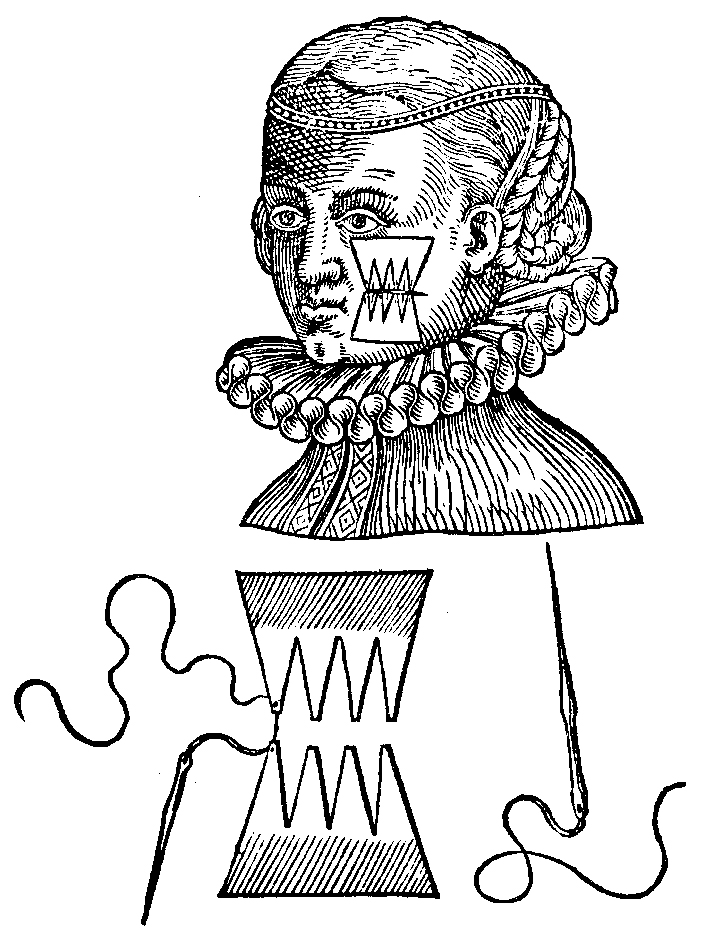
Among the many famous surgeons of the past was a Frenchman, Ambroise Paré, who lived in the 1500’s. He has been called the father of military medicine. He abolished the harmful practice of pouring boiling oil on wounds to sterilize them. John Hunter, a British surgeon of the 1700’s, was the founder of experimental surgery.
Many of the great modern surgeons have been Americans. Ephraim McDowell of Kentucky performed the first successful operation to remove a tumor of the ovary in 1809, the beginning of successful abdominal surgery. Crawford W. Long of Georgia is credited with having first used diethyl ether as a surgical anesthetic in 1842. William Halsted, a surgeon of the late 1800’s and early 1900’s, introduced many of the surgical procedures and techniques that are used today, including the use of sterile gloves in aseptic surgery. In 1905, Chevalier Jackson reported his development of the first practical lighted esophagoscope, an instrument used to examine the esophagus (the food passage between the mouth and stomach). Fred H. Albee, an orthopedist, introduced bone grafting in 1915. Other modern American surgeons have included the famous Mayo brothers, William and Charles, both of whom made many contributions; and Evarts Graham, who in 1933 became the first to successfully remove an entire cancerous lung.
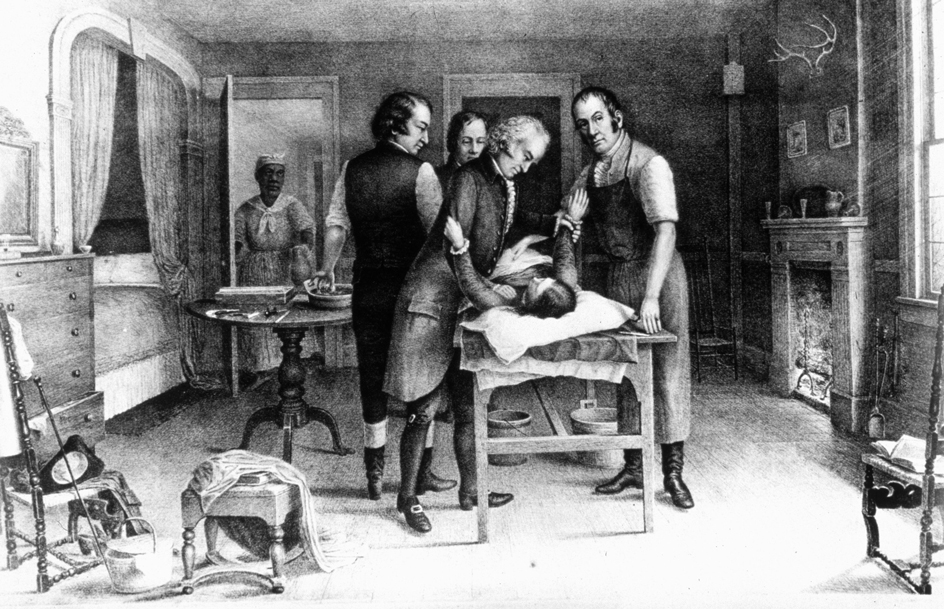
An American surgical team in Boston performed the first successful human organ transplant, a kidney transplant from one identical twin to another, in 1954. A South African surgeon, Christiaan Barnard, performed the first human heart transplant in 1967. By 2001, surgeons had gained the ability to use remote-controlled surgical instruments to perform surgery on patients who were thousands of miles or kilometers away.
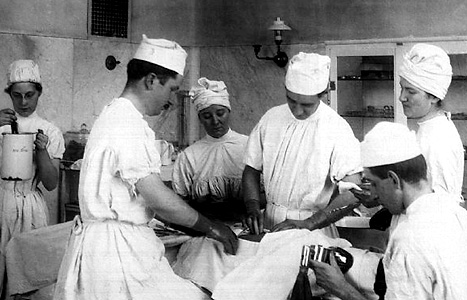
Modern surgery has advanced in five main ways. These are (1) the development of aseptic surgery; (2) the technical improvements in surgical instruments; (3) the increased knowledge of body processes; (4) the development of anesthesia; and (5) the use of chemicals to prevent and treat infections.
